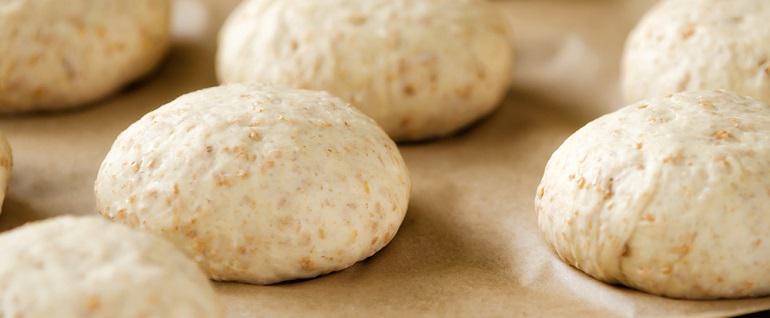
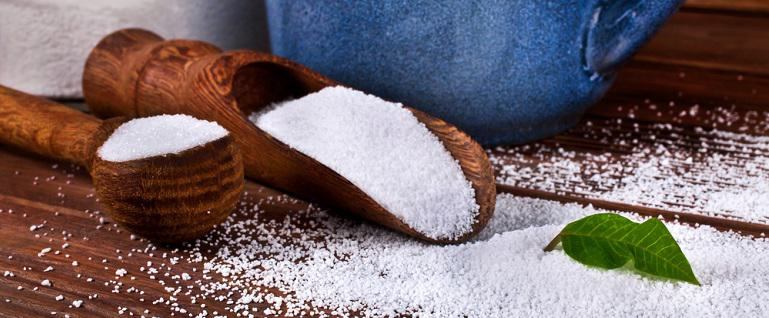
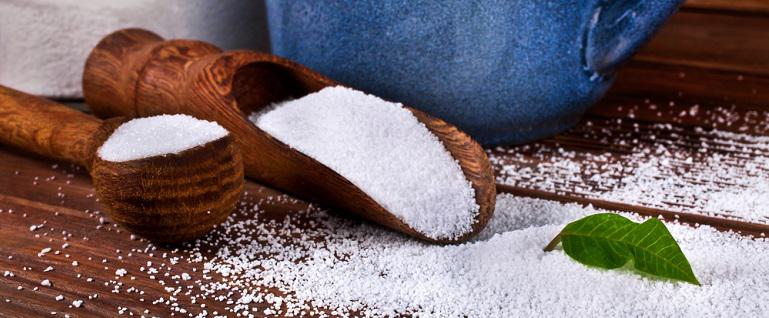
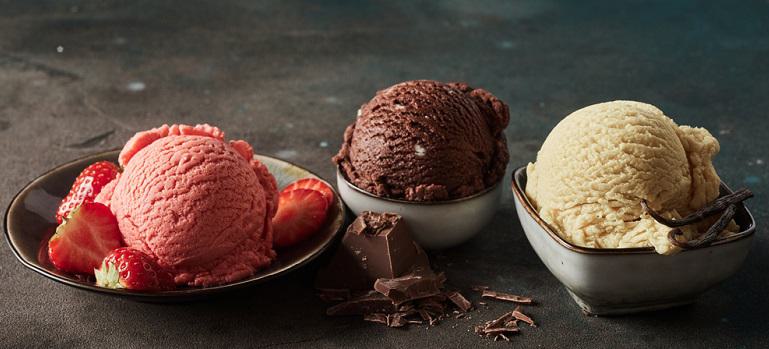 We mentioned that sorbitan monostearate is a mixture of sorbitol and stearic acid. So what are these two ingredients, and why are they combined?
We mentioned that sorbitan monostearate is a mixture of sorbitol and stearic acid. So what are these two ingredients, and why are they combined?

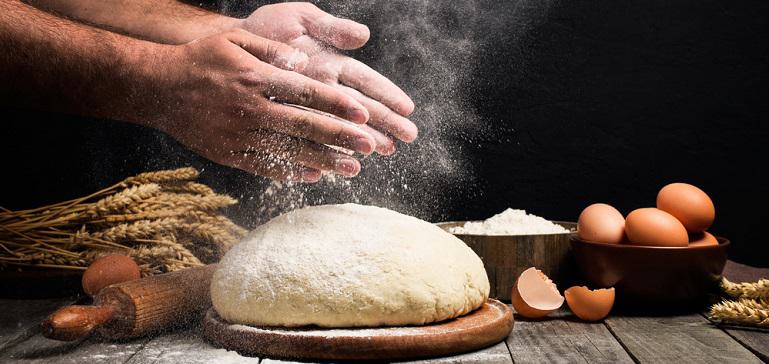 Though baking with yeast is not tricky, it can be challenging for those who have never worked with it before. If you're new to baking with yeast, follow the tips below to ensure success.
Though baking with yeast is not tricky, it can be challenging for those who have never worked with it before. If you're new to baking with yeast, follow the tips below to ensure success.
